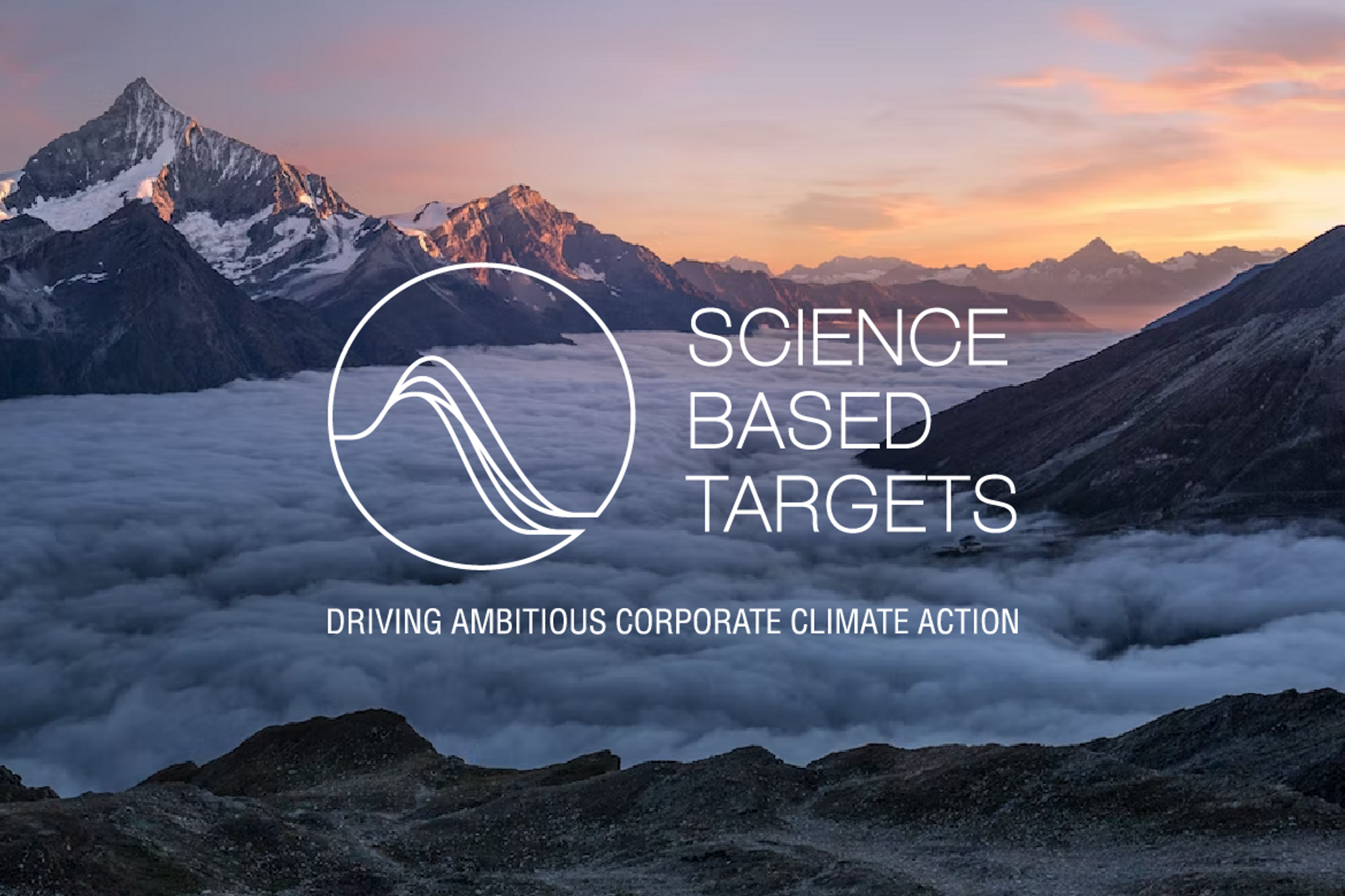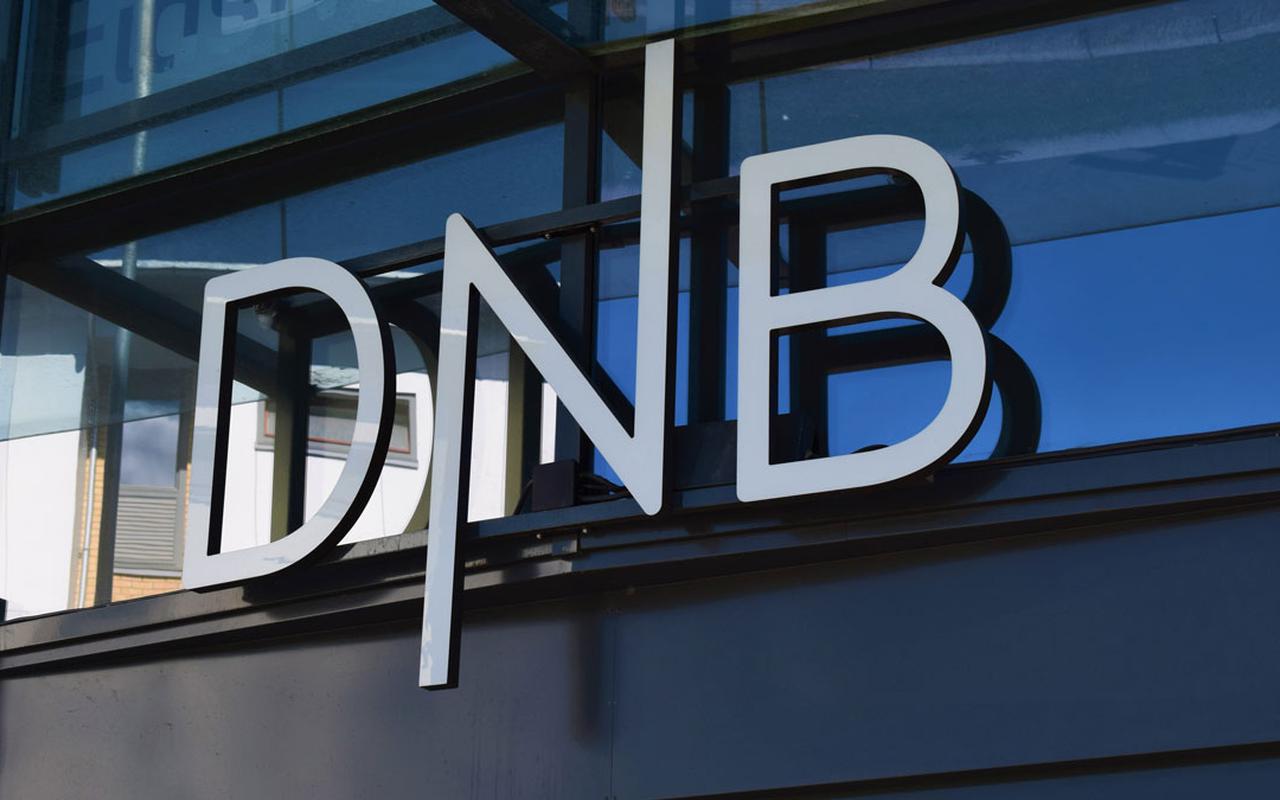Science-based targets for banks
What is the Science-Based Targets Initiative for banks?
For banks, the Science-Based Targets Initiative (SBTi) provides a clear and credible framework for reducing financed emissions and aligning with their ongoing global climate commitments. Science-based targets (SBTs) are measurable, research and data-backed goals that help businesses and financial institutions reduce greenhouse gas emissions in line with the Paris Agreement. They ensure companies contribute to limiting global warming to well below 2°C, aiming for 1.5°C. By adopting SBTs, banks can also mitigate climate-related risks, future-proof their portfolios, and tap into the growing market for sustainable finance.

More of the business case for reducing portfolio emissions
Regulators, investors, and customers are demanding greater accountability from their banks. In the commercial property sector, green loans have become an increasingly popular instrument for financing not just more sustainable but more profitable building projects. Science-based targets (SBTs) can be used in green loan assessments by ensuring that borrowers align with credible emissions reduction pathways.
Loan terms, such as interest rate discounts, can be linked to meeting these targets, encouraging sustainable practices. These loans offer favourable terms to property developers and owners who commit to achieving specific environmental performance criteria, such as energy efficiency improvements or obtaining green building certifications.
More of the business case for reducing portfolio emissions
Beyond environmental impact, transitioning to green finance is also highly profitable. Energy-efficient buildings reduce operational costs, enhance property value, and attract environmentally-conscious tenants willing to pay a premium for sustainable spaces. Investors and financial institutions are increasingly recognising that sustainability-aligned assets carry lower long-term risks, making green finance a smart business move.
.png?width=473&height=328&name=Netto%20%20%20building%20(1).png)
An example of a bank adhering to Science-based targets
DNB, Norway’s largest financial services group, has committed to the Science-Based Targets initiative by setting clear emission reduction goals. The bank integrates sustainability criteria into its lending and investment strategies, helping clients transition to low-carbon operations. By aligning its portfolio with SBTs, DNB, like many other banks, is contributing to Norway’s ambition to reach net-zero emissions while securing long-term financial growth.

What's the difference between SBTs and CRREM
You might be thinking SBTs sound very similar to the Carbon Risk Real Estate Monitor, that's because it is. But there are some slight differences. The Science Based Targets initiative (SBTi) provides overarching climate targets for businesses across various sectors, helping companies align their greenhouse gas (GHG) reduction goals with the latest climate science. In contrast, the Carbon Risk Real Estate Monitor (CRREM) focuses specifically on the real-estate sector, offering detailed decarbonisation pathways to help property owners and investors assess carbon risks and improve energy efficiency.
The CRREM-SBTi collaboration

As you have seen, the two tools are very similar. As such, CRREM) and SBTi have recently collaborated to develop 1.5°C-aligned decarbonisation pathways for the real-estate sector. This provides a unified standard for reducing operational carbon emissions in buildings. For banks, this partnership offers an ever-improving science-based framework to assess and manage the transition risks associated with their real-estate lending and investment portfolios.
By integrating these pathways, banks can align their financial activities with global climate goals, ensure compliance with evolving environmental regulations, and support the shift towards a net-zero.
How to get started with decarbonisation pathways
Netto specialises in profitable carbon reduction strategies for banks and commercial properties. Our software fills data gaps, tracks carbon emissions, green loans, and uses a blend of AI-powered investment advice and other best practices to create low-risk transition plans for buildings and financial institutions alike.
.png?width=617&height=192&name=Frame%20(3).png)
If you have any questions or are curious to get started with Science-based targets or similar instruments, book a free 15-minute demo here to see if Netto can work for your bank.
You May Also Like
These Related Stories

Green loans and how to access sustainable financing as a real-estate owner

Why you should follow Norges Bank’s lead on managing risk in commercial real estate portfolios
